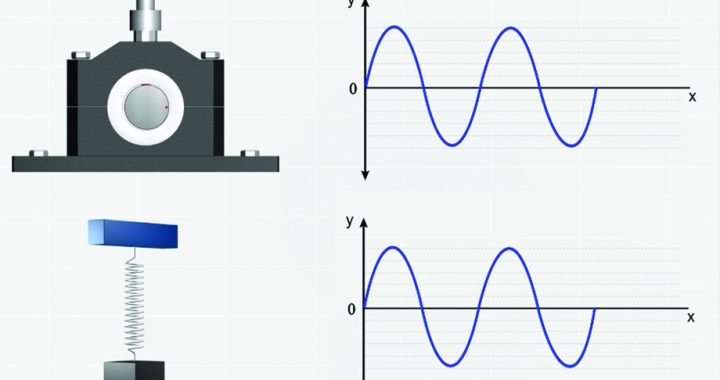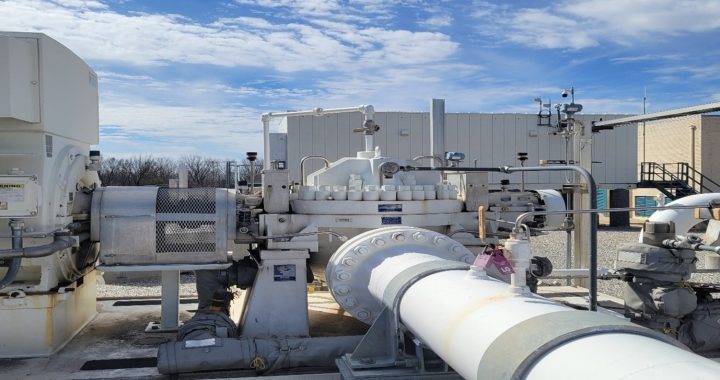Building on vibration fundamentals, Instructor Glen Powell will guide participants through a deeper exploration of how vibration analysis can be applied to identify root causes of equipment failure and support more effective asset management.
Tag Archives: vibration
Webinar: Vibration Concepts – Beginner
In February’s webinar, instructor Glen Powell will introduce concepts and terminology related to vibration, including frequency, amplitude, phase, vibration waveforms and spectrums, vibration equipment, machinery faults, and resonance.
Podcast- Mastering Advanced Vibration Techniques: From Modal Analysis to Motion Amplification
Hydro’s Glen Powell joined Plant Services’ chief editor Tom Wilk to talk about the evolving challenges of workforce development in the maintenance and reliability space. The conversation also touches on the role of emerging technologies like AI in reliability workflows and dives deep into vibration analysis, including its limitations and advanced applications for diagnosing issues like resonance.
Key Takeaways
- Formal training alone isn’t enough—intentional, hands-on experience accelerates workforce readiness.
- Bridging generational gaps requires clear career paths and trust in leadership follow-through.
- AI tools should support, not replace, critical thinking and field expertise on the plant floor.
- Modal analysis and motion amplification are powerful tools to diagnose and fix elusive resonance issues in aging equipment.
You can listen to the podcast below or browse all of Plant Services’ Great Question podcasts here.
Want to expand your knowledge? Explore Plant Services magazine or read our case studies focused on Hydro’s work in troubleshooting and vibration analysis.
Case Study- Solving Vibration Issues in Vertical Pumps
Vertical pumps are especially susceptible to minor conditions that can result in elevated vibration amplitudes. The vertically suspended design and long stationary element lengths often combine into natural frequencies that are near forcing frequencies, such as running speed or even sub-synchronous faults. The complexity of these issues makes it difficult to diagnose and resolve persistent vibration issues with the type of data that is routinely available to the end users.
 In-depth field testing paired with computational analysis provides a clear path to both an accurate diagnosis and a solution that has a high likelihood of success. The effectiveness of this methodology was proven for a Gulf Coast midstream company who was experiencing high vibration with their vertical freshwater pumps. By applying advanced field diagnostics, the end user was able to understand the underlying causes of the vibration and evaluate possible solutions in a theoretical environment prior to implementing them in the field.
In-depth field testing paired with computational analysis provides a clear path to both an accurate diagnosis and a solution that has a high likelihood of success. The effectiveness of this methodology was proven for a Gulf Coast midstream company who was experiencing high vibration with their vertical freshwater pumps. By applying advanced field diagnostics, the end user was able to understand the underlying causes of the vibration and evaluate possible solutions in a theoretical environment prior to implementing them in the field.
Read the full case study, published in the May 2025 edition of Pumps & Systems magazine, here.
Read more case studies on vibration analysis and the work completed by Hydro Reliability Services here.
Hydro Centaur Pipeline Deployment
Hydro’s Centaur recently deployed a new installation across a pipeline in the Midwest US, demonstrating the continuing growth of demand for smart condition monitoring solutions.
The pipeline end user chose Centaur over other options under consideration because Hydro has the subject matter expertise behind the equipment being monitored. This distinction allows Hydro to not only be a monitoring partner, but to be a partner in reliability across the equipment life cycle.
With Centaur’s real-time data, the end user is able to proactively service their equipment and identify incipient issues before they develop into greater problems. Through a collaboration between the pipeline team and Hydro Centaur’s dedicated monitoring engineers, any problems that are identified will receive a comprehensive root cause analysis and proposed modifications will be developed to prevent problem reoccurrence. These solutions can be implemented through Hydro’s extensive global service network and, if necessary, tested in a controlled environment in Hydro’s Performance Test Lab.
We are proud to support our customers with services and solutions that drive measurable results.





